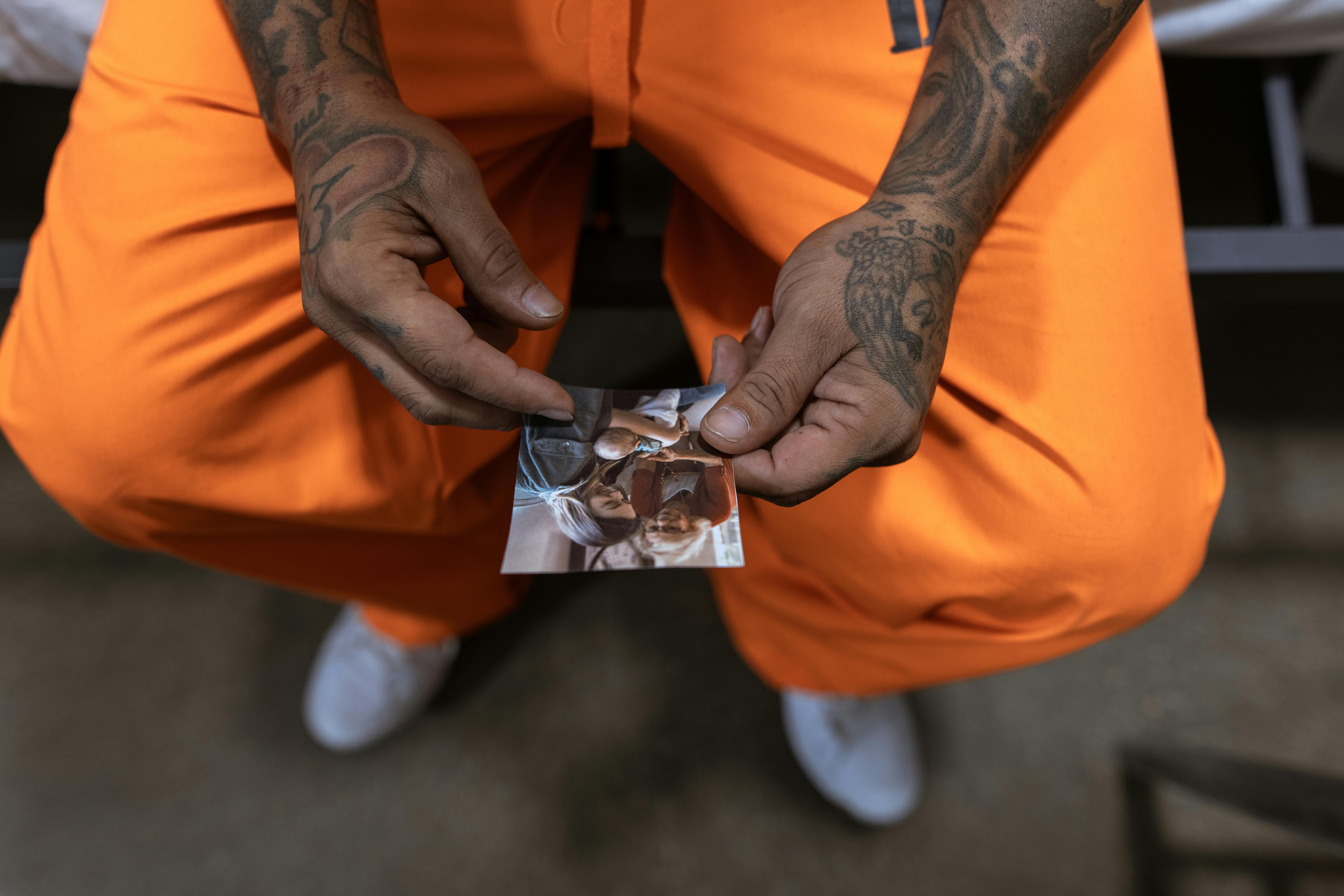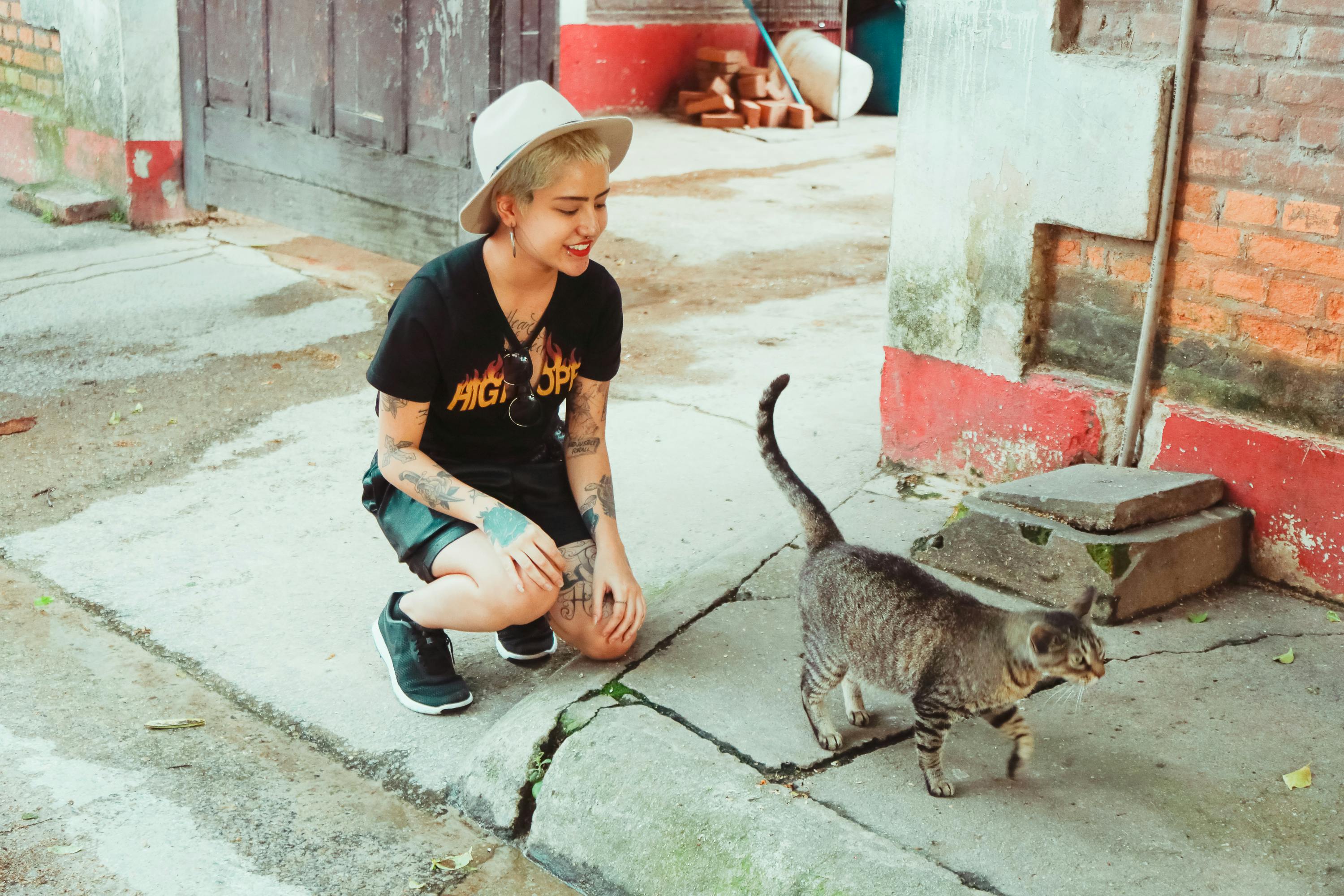
Baby Hand Casting – Home Based Business for Moms
admin
- 0
You’ve probably seen examples of this wonderful art form on television or on the Internet: full-size, three-dimensional stone sculptures of babies’ hands and feet. These are called LifeCasts.
You have probably wondered how they did it and most people assume that it is very complicated or expensive to do. not so…
The materials and techniques used by professional LifeCasters are neither expensive nor out of reach for most hobbyists. In fact, the cost of materials for a baby hand cast is no more than $4.00.
New parents are always thrilled with the cuteness of their baby. They never get tired of holding and kissing the baby’s hands and feet. Wouldn’t it be wonderful to have a sculpture of all that cuteness so you can remember it and share it with your child as they grow? They also make wonderful gifts for grandparents who live far away from the young family.
In fact, many young mothers are learning the technique, sharing it with their close friends, and starting LifeCasting businesses for fun and profit.
Here are the nuts and bolts:
LifeCasting is a “molding” and “casting” procedure. The most common casting material used is something called alginate (AL-jin-it). Alginate is sold in powder form. When you mix it with water, it forms a thick liquid. This liquid is placed in a small container (bucket) and the baby’s hand or foot is pushed down into the alginate mixture. In about a minute, the alginate “sets” (changes from a liquid to a rubbery solid). At this point, the baby’s hand or foot is gently removed from the cast leaving a hole EXACTLY the same size and shape as the baby’s hand or foot.
At this point, the mold is “poured” with the casting material. The most common casting material is a type of plaster called gypsum cement (commonly called “stone”) which is much stronger than plaster of Paris. Gypsum cement is mixed with water and poured into the mold until it is full. In about an hour, the stone has hardened and the alginate mold is removed, revealing the cast.
A small amount of plaster cleaning is usually required, but that’s basically it. Plaster can be painted, but only after waiting a couple of days for the water to evaporate from the stone.
You will need a “cube” that is JUST big enough to accommodate your hand. An overly large bucket will only require MORE alginate to fill the extra space. The baby’s hand or foot must not touch the inside of the bucket during the procedure or it will ruin the mold. For this reason, a transparent or translucent plastic is the best so that you can see if the hand or foot is touching.
Alginates come in a variety of setting times. Don’t buy one with a long setting time because the baby can get fussy. Also look for an alginate that you can mix with warm water. If you start with 95°F water, the alginate will have cooled to about 92°F when you are ready to insert the baby’s hand. This is great because the baby’s skin temperature is almost the same. Done this way, sleeping babies almost never wake up and alert babies are much easier to distract with a rattle or some kind of toy. If they are not overly aware of the alginate on their hand, there is less chance of them moving their hand or foot around too much, which could ruin the mold.
Children aged approximately 6 months to 3 years are extremely difficult to LifeCast. They just don’t get enough sleep and you still can’t explain to them WHY they should be happy to get their hands in a scary slime bucket.
Some alginate manufacturers make “color changing” alginates for use in hand casting. The alginate turns bright pink when you first mix it and fades to white about 40 seconds before it “sets”. This way you don’t have to use a timer, just wait until the alginate is white before you put the baby’s hand or foot on.
Lots of information is available online. The search terms I would look for are Alginate or Lifecasting.
It really isn’t expensive or difficult to learn these techniques but it IS a lot of fun.

